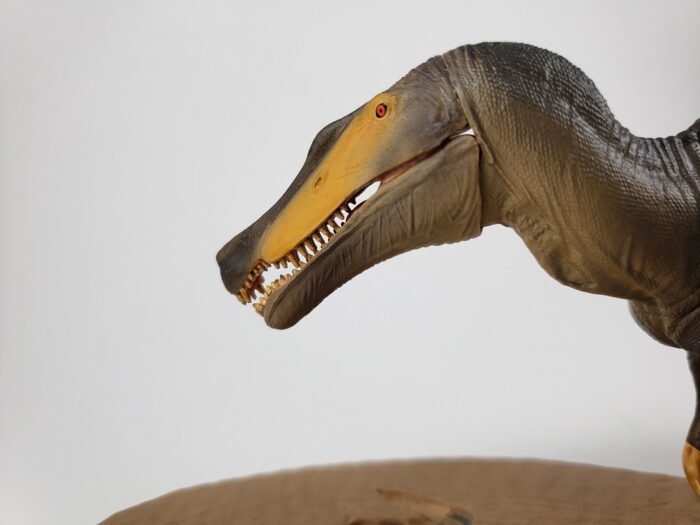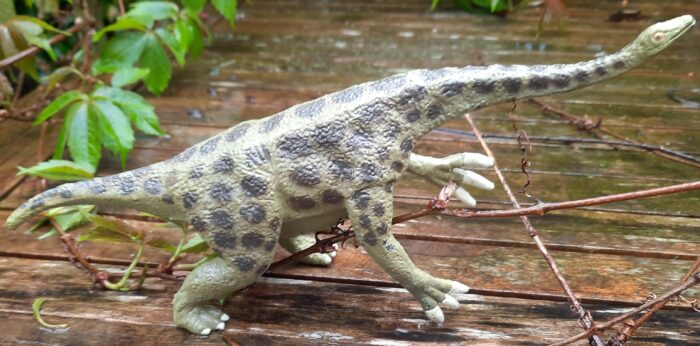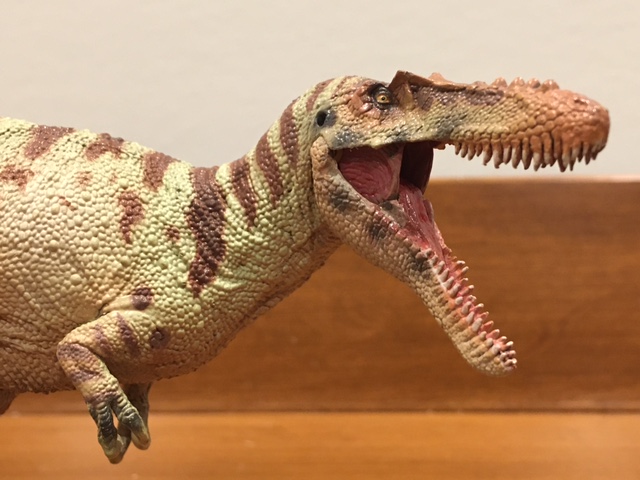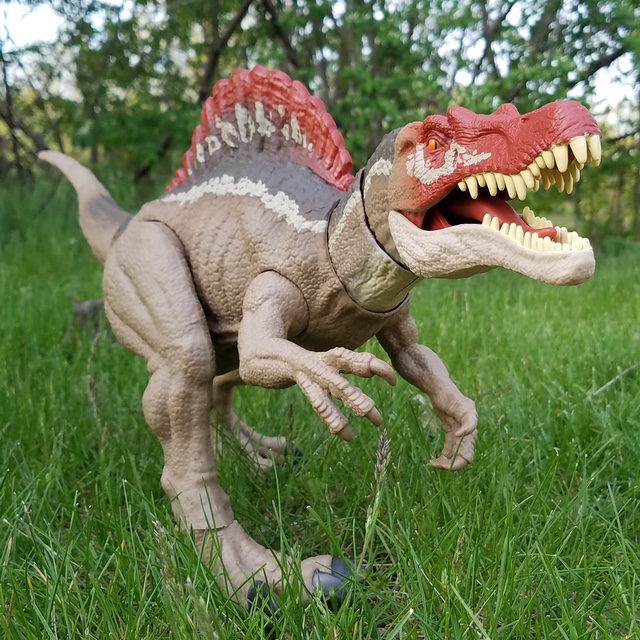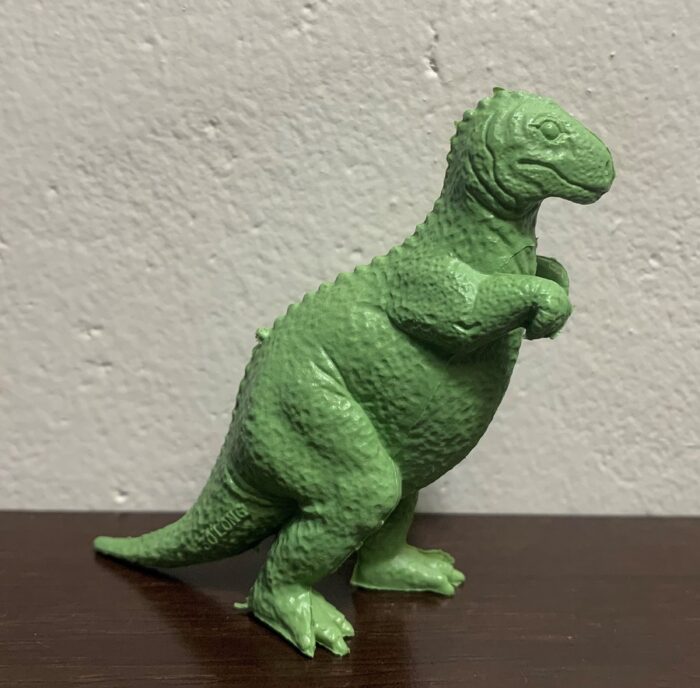Brazilian paleontologist Tito Aureliano published the time-travel dinosaur adventure novel Dino Hazard: Realidade Oculta (English subtitle: Hidden Reality) in 2015, and since then he and a team including other paleontologists and artists have been spinning off paleo-themed merchandise and media, including a video game.
Classification: Theropod
Review: Allosaurus Roaring (CollectA)
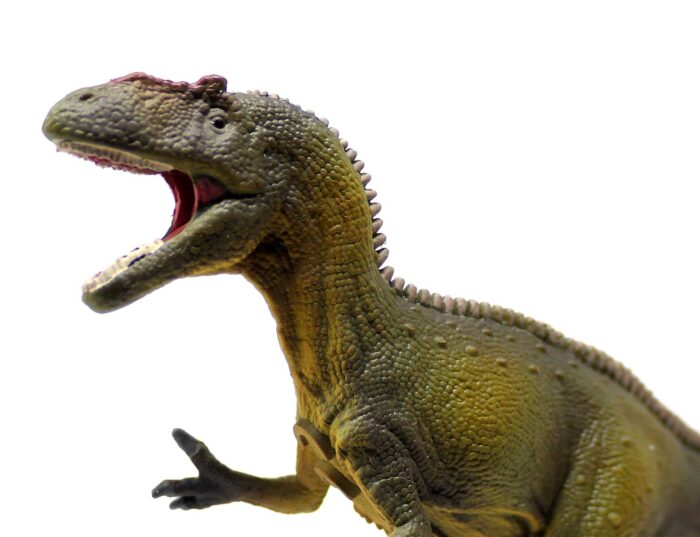
Review and photos by Patrx
It pains me to admit this, friends, but the truth is that Allosaurus never made much of an impact on me when I was younger. I had many books on the subject of dinosaurs, (and other prehistoric animals™) but most of those seemed unsure of what to do with this particular beast.
Review: Therizinosaurus (Salvat)
Review: Qianzhousaurus (PNSO)
Review: Spinosaurus (Extreme Chompin’ Redeco)(Jurassic World: Camp Cretaceous by Mattel)
Review: Rapator (Lost Kingdoms Series B by Yowie)

Australia has a wide array of species throughout the different periods and epochs. This has resulted in many different genus’ being constructed from the many pieces that had been found. Some have been erected from only a few pieces. Here, we see one such example, Rapator, a Mid-Cretaceous theropod known from a single metacarpal.
Review: Baryonyx (Jurassic Park: Series 2 by Kenner)
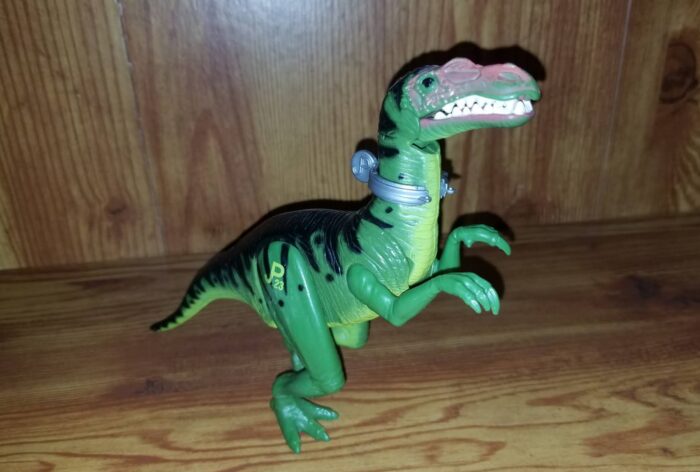
Review and photos by EmperorDinobot, edited by Suspsy
Hello, everybody and welcome to another review by yours truly. Today we’re going to be talking about the legendary (and ugly) Series 2 Jurassic Park Baryonyx, nicknamed “Snapper” by InGen staff. We’re going to be looking over its colors, playability, and whether it warrants the high price it often goes for, so let’s just get into it!
Review: Spinosaurus (Essien) (Prehistoric Animal Models by PNSO)

With each new discovery, the mystery of this predator’s appearance and behavior only deepens, and PNSO’s latest iteration is a figure so distinct from its predecessors that it’s almost as unrecognizable as the real creature.
Indeed, I’m almost starting to wonder if Spinosaurus is an elaborate prank being played out on us by the powers that be.
Review: Kakuru (Lost Kingdoms Series B by Yowie)
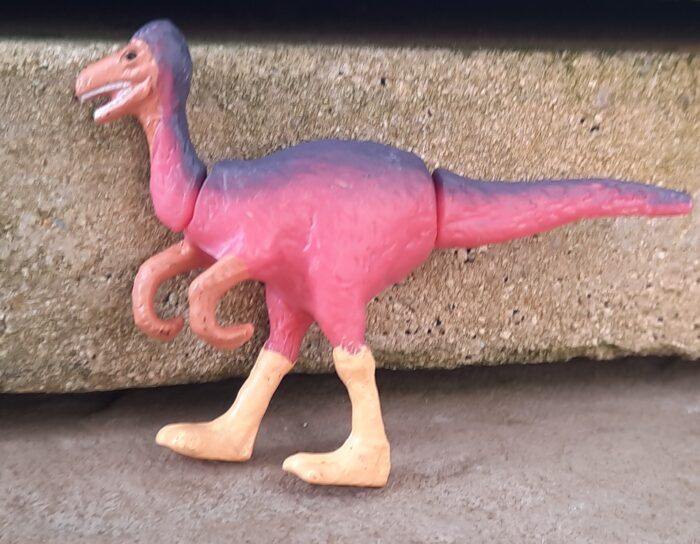
Ah, Yowie! It’s a great company, educating people on animals old and new, along with how their environments changed or can be saved. The prehistoric line really opens the eyes to many species most will never have heard of, learning something new. Many species, however, are based on very limited material, so can cause headaches when trying to assess them.
Review: Tyrannosaurus Wilson V3 (PNSO)
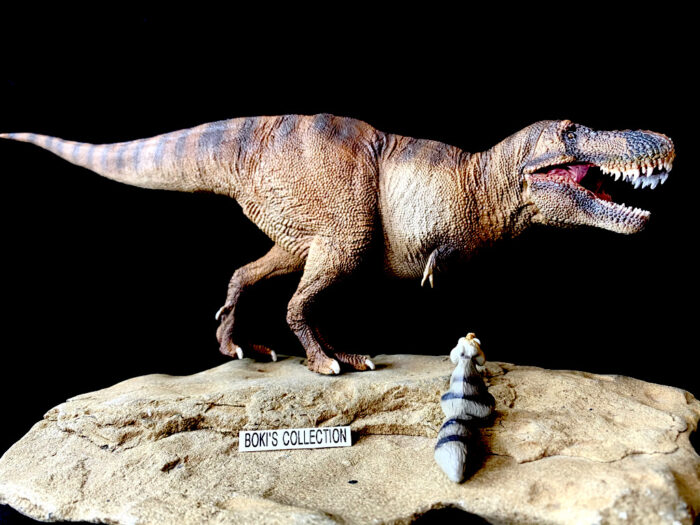
Review and photos by Bokisaurus with additional text and information by Acro-man
This review hits another milestone as it is my 70th one for the blog! Deciding which figure to mark the occasion has proven competitive, but one stood out and pushed my original choice: Wilson.
For my 70th review, there was no question who the subject should be.
Review: Allosaurus (Marx)
Review: Dinosaurs (Tim Mee Toys by J. Lloyd International Inc.)

Back in 2012 a representative from the toy vendor VictoryBuy joined the Dinosaur Toy forum looking for member feedback with regards to reissuing the Tim Mee set of toy dinosaurs, originally produced in the 1970’s. Flashforward to 2014 and VictoryBuy once again stopped by the forum, this time to announce the actual release of the set.

